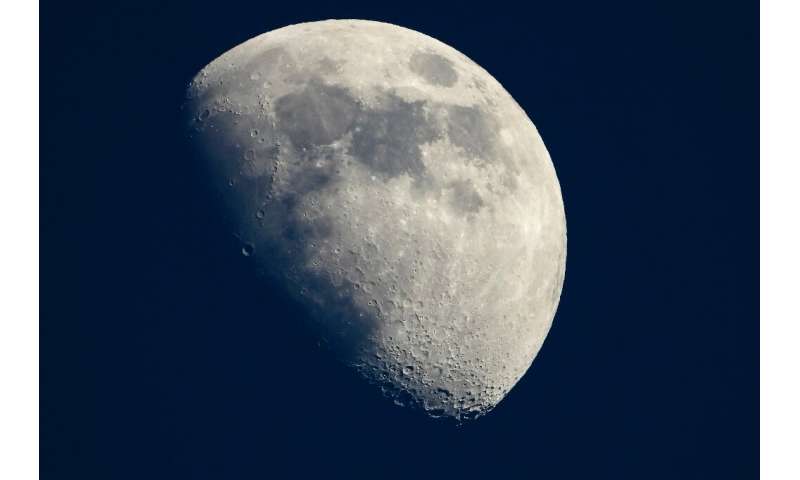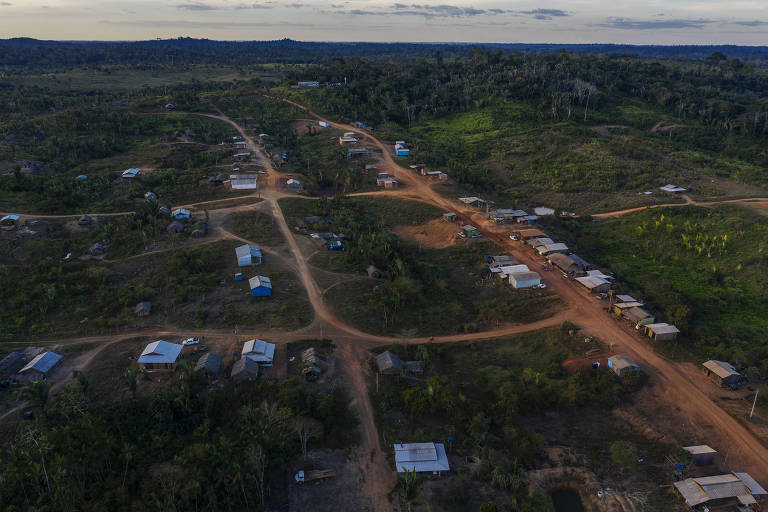1 Introduction
In the western United States, annual area burned increased substantially in recent decades due to increased frequency and size of large wildfires (Abatzoglou & Williams, 2016; Balch et al., 2018; Dennison et al., 2014; Westerling, 2016). It is well established that this observed increase in wildfire activity was promoted in many areas by reduced fuel moisture due to warming‐induced increases in evaporative demand, reduced snowpack, and reduced warm‐season precipitation frequency (Abatzoglou & Williams, 2016; Holden et al., 2018; Kitzberger et al., 2017; Westerling, 2016). These recent climate trends are broadly consistent with those expected from anthropogenic climate change (Abatzoglou & Williams, 2016), but anthropogenic climate effects on wildfire can vary greatly across space and time due to confounding factors such as natural climate variations, land and fire management practices, ignitions from humans, spatial diversity in vegetation type, and the complex ways in which these processes interact (Williams & Abatzoglou, 2016). Therefore, location‐specific adaptation responses to wildfire require understanding how climate affects wildfire locally, how the key climate variables have changed over the past several decades, and whether these climate changes are likely to continue.
Perhaps nowhere on Earth has received more attention regarding recent wildfire trends and their causes than California. One reason for the attention is that increases in statewide burned area over the last several decades were dramatically punctuated in 2017 and 2018 by particularly extreme wildfire activity with substantial loss of life and property. In 2017, modern state records were set for the largest individual wildfire (Thomas Fire: 114,078 ha) and the most structures destroyed by an individual wildfire (Tubbs Fire: 5,636 structures), which led to 22 fatalities (CalFire, 2018). The total area burned in 2017 was also nearly a state record at the time (505,293 ha), behind 2007. In 2018, state records were set for total area burned (676,312 ha), largest individual wildfire (Mendocino Complex Fire: 185,800 ha), and most destructive wildfire (Camp Fire: 18,804 structures destroyed, 85 fatalities). In these 2 years, California spent over $1.5 billion on fire suppression, far more than any previous 2‐year period (CalFire, 2018).
California is a particularly difficult place to disentangle the drivers of changing wildfire activity. California's climate, vegetation cover, and human settlement patterns are highly diverse, causing the influences of these factors on fire activity to be spatially heterogeneous and complex (Jin et al., 2014; Jin et al., 2015; Keeley & Syphard, 2017; Swetnam & Baisan, 2003; Westerling & Bryant, 2008). Humans dominate the wildfire regime across much of the state by altering land cover (Sleeter et al., 2011; Syphard et al., 2018), supplying the vast majority of ignitions (Balch et al., 2017; Nagy et al., 2018), and attempting to suppress essentially all fires. Fire suppression over the past century allowed for artificial buildup of fuels in many regions that historically experienced frequent low‐intensity fires, reducing fuel limitation as a constraint on fire activity and putting many areas into a so‐called fire deficit (Higuera et al., 2015; Marlon et al., 2012; Minnich et al., 1995; Parks et al., 2015). Even under constant climate conditions, changes in California's fire activity over the past century would be expected as populations increased and cities expanded into surrounding wildlands (Radeloff et al., 2018), fire suppression strategies evolved (Stephens & Ruth, 2005), and frequency and type of human‐ignited wildfires changed (Balch et al., 2017; Keeley & Syphard, 2018). Changes in these nonclimatic factors may also promote nonstationarity in fire‐climate relationships, confounding efforts to isolate the influence of climate change on fire activity (Higuera et al., 2015; Hurteau et al., 2019; Littell, 2018; Mann et al., 2016; Marlon et al., 2012; Taylor et al., 2016).
The effect of climate on wildfire in California is highly seasonal and variable across vegetation gradients. In summer, when fires are most frequent in California, large burned areas are promoted by the cumulative drying effects of atmospheric aridity and precipitation deficits mainly in forest ecosystems where fuel availability is not a limiting factor (Abatzoglou & Kolden, 2013; Jin et al., 2014; Keeley & Syphard, 2016; Swetnam, 1993; Swetnam & Betancourt, 1998; Westerling et al., 2003; Williams et al., 2018). In fall, many of California's most destructive fires occur in coastal shrublands and are driven by often extreme offshore downslope wind events, where synoptic conditions advect dry air masses often originating from the continental interior high desert westward and southward across topographic barriers such as the Transverse, Peninsular, and Coastal Ranges (Conil & Hall, 2006; Guzman‐Morales et al., 2016; Hughes & Hall, 2010; Moritz et al., 2010; Nauslar et al., 2018). The most widely studied offshore wind events, termed Santa Ana winds in southern California, increase in frequency in the fall and peak in winter (Abatzoglou et al., 2013; Raphael, 2003). Strong offshore winds with very low relative humidity can quickly dry fuels and spread large wildfires when they occur prior to the onset of the winter precipitation season in California's Mediterranean climate (Billmire et al., 2014; Keeley, 2004; Moritz et al., 2010; Westerling et al., 2004).
The effects of anthropogenic climate change on California's fire regimes are likely to be diverse and complex, varying by region and season (Liang et al., 2017; Pierce et al., 2018; Syphard et al., 2019; Westerling, 2018). Climate model projections of warming and increased atmospheric aridity in California are strong and robust across models (Pierce et al., 2013). It is well established that warming promotes wildfire throughout the western United States, particularly in forested regions, by enhancing atmospheric moisture demand and reducing summer soil moisture as snowpack declines (Abatzoglou & Williams, 2016; Westerling et al., 2006). By contrast, model projections of precipitation in California are highly uncertain but with a tendency toward increased precipitation annual totals, particularly in northern California during winter (Maloney et al., 2013). However, many climate models have systematic biases in North Pacific storm tracks and tropical Pacific sea surface temperatures that should lead to strong skepticism regarding model simulations of future precipitation in California (Seager et al., 2019; Simpson et al., 2016). Climate models also project precipitation frequency declines in spring through fall that would partly offset winter increases, resulting in increased precipitation variability (AghaKouchak et al., 2018; Pierce et al., 2018; Polade et al., 2014; Polade et al., 2017; Swain et al., 2018). In fall, models project reduced frequency and intensity of Santa Ana wind events (Guzman‐Morales & Gershunov, 2019; Hughes et al., 2011). However, concurrent warming and decreased fall precipitation may, to some degree, counteract the effects of reduced offshore winds on fall fire risk in southwestern California (Hughes et al., 2011; Pierce et al., 2018), possibly extending the fire season towards the winter peak of the downslope wind season (Guzman‐Morales & Gershunov, 2019; Syphard et al., 2018).
While much has been published on projected changes in wildfire activity due to climate change (e.g., Barbero et al., 2015; Hurteau et al., 2019; Krawchuk & Moritz, 2012; Littell et al., 2018; Westerling, 2018; Westerling et al., 2011; Westerling & Bryant, 2008), less has been done to evaluate observed seasonal trends in fire‐relevant climate variables and whether these trends are consistent with those expected to arise from anthropogenic climate change. Here we provide a comprehensive empirical assessment of the observed effects of climate variability and change on California wildfire by season, region, and land cover. We first use wildfire and climate data within California to evaluate trends in seasonal burned area by region during 1972–2018, resolve the distinct seasonal and regional influences of climate and weather factors, and assess the stationarity of the dominant fire‐climate relationships over the past five decades. We then use climate model simulations to determine whether observed trends in the climate variables most pertinent to regional wildfire activity are consistent with expectations of anthropogenic climate change. A thorough and nuanced understanding of how, when, and where anthropogenic climate change has or has not affected wildfire in California over the past several decades is critical to guide sustainable societal decisions ranging from where to develop housing to how limited resources can be optimized for landscape management.








